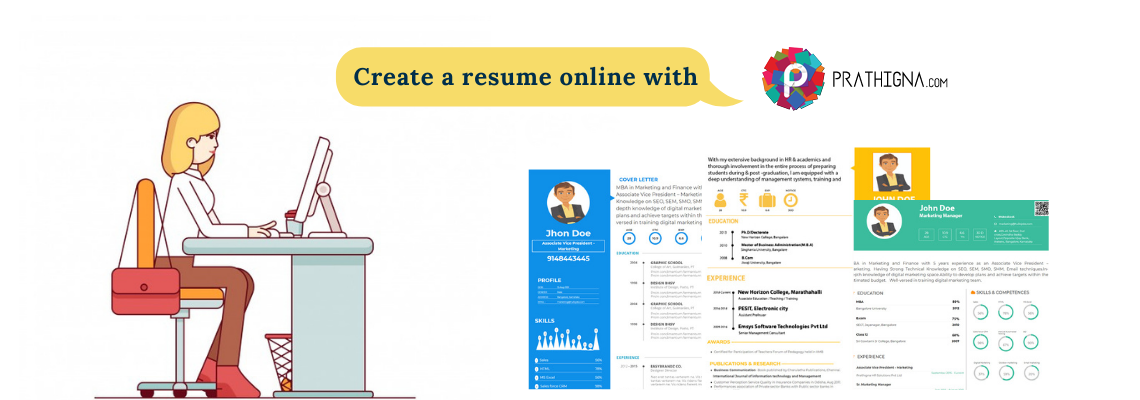2020-04-24 Comments : 0
The Coronavirus outbreak has impacted all of the world, not in the least working professionals and companies across the globe. Most companies have deployed their staff to work from home.
On March 11th 2020, the World Health Organization declared the COVID-19 coronavirus a pandemic which has caused a huge impact on people's lives, families and communities. As various countries around the globe cope to battle the spread and cure the ones affected by the virus, organisations are facing significant challenges on all fronts and need to respond rapidly.
Organisations across all industries - be it manufacturing, services, FMCG, essential products etc have been forced naturally, to alter their entire system, in many cases stop manufacturing altogether, to limit the spread of the virus in their employees, and the surrounding societies and their cities.
Let's take a look at how the COVID-19 situation has affected companies and employees:
Impact of COVID-19 on companies & workforce:
I. Crisis management and response
Existing business continuity plans have shown to be incapable of handling the fast-moving and unknown variables of an outbreak like COVID-19, so the need of the hour is to:
• Develop incident management and scenario plans that are specific to this crisis
• Focus on factually and effectively communicating to stakeholders
• Plan on how to meet government priorities in individual countries and minimise the risk of business disruptions
II. Workforce management
Once the human welfare portion of the spread is attended to, there are other HR and people related challenges to tackle, mainly how to support remote working at large scale.
• Attend to immediate global mobility concerns, such as reviewing travel rules, HR policies, first-aid plans
• Assess remote working strategy, including asking employees to temporarily stop work or work remotely or relocate
• Address strains on a firm's existing information technology and communications infrastructure in order to support remote working during the crisis
III. Operations and supply chain management
The ripple effects of the COVID-19 pandemic are difficult to model and assess, but global businesses can begin to mitigate supply chain distributions and working models.
• Identify alternative supply chain scenarios - especially as new cases of the virus make everything difficult, and interstate need to shutdown roads and transport
• Activate pre-approved parts or raw-material substitutions, or even stop production
• Adapt allocations to customers and pricing strategies. Markets are changing daily
IV. Financial markets and liquidity
Financial markets are very sensitive to a global situation like this, all of them suffered huge losses in book and real terms. Everything depends on how companies plan for and respond to this pandemic.
• Consider disclosures related to direct effects on the results of operations, as well as second and third-order effects
• Think about disclosures related to risks and uncertainties about the impact of COVID-19 on future periods
• Assess disclosures on the current and future impact on liquidity and capital resources
V. Strategy and brand
As companies move from reacting to managing and handling the impact of the outbreak, strategies to emerge stronger need to be formed and implemented.
• Consider accelerating digital transformations as the shift to remote working reveals gaps in IT infrastructure, workforce planning and digital upskilling
• Protect growth and profitability through actions such as scenario planning, more frequent financial modeling exercises to improve resiliency, and new models that incorporate economic impacts of past pandemics
• Take the pulse of your customers, thinking through longer-term considerations around shifts in core markets or business models as a result of the pandemic
This means employees will need to continue to telecommute - informally called "Work-from home" for a lot longer now, considering the urgent need to stop the spread of the virus. So professionals have to now get used to working from the confines of their home.
It can get boring and repetitive to work, especially if your technological assistance is not easy and you also have a family to manage and attend to. This is why you need to work out a schedule for all the tasks you need to attend to on the homefront, while also managing your tasks related to your job.
Here's how these organisations, including those without direct exposure, can focus their efforts, by enabling work from home for all of their employees (except the key essential staff)
When we work from home - professionals face different challenges, which is a direct result of different personalities, various lifestyles and primarily the type of work they do.
Working remotely needs many adjustments - to deal with their unique circumstances, many of the underlying issues they need to address are:
STEPS TO INCREASE PRODUCTIVITY WITH REMOTE WORKING
Here are some ways you can manage your work from home schedule to manage your productivity and use it to perform at the same levels as if you were not telecommuting.
1.Get started early.
To avoid feeling sluggish, get a project started first thing in the morning leads to making progress on it gradually throughout the day. This helps with motivation and performing your tasks on time.
2.Maintain the same schedule as you were going into the office.
Getting ready for work like you would have usually is a great way to maintain the momentum of a motivated day. Get dressed in comfortable but formal clothes, and maintain the time.
3. Keep a schedule for the working day with breaks.
Just like at office - maintain the schedule for meetings, email catch-up, break times and lunch time. By keeping the same coffee breaks etc you maintain the flow and keep discipline.
4. Choose a dedicated work space.
Even when you're not working at a dedicated office space it can be constructed to look like it. Keep a table separate, a desk with sufficient lighting and comfortable seating that keeps you energetic. Keep it away from the family, if needed to avoid distractions.
5. Commit to doing more.
Projects usually take longer than initially anticipated. One way to encourage yourself to work at the same levels, is to overestimate how much time you'll spent doing one task, so even if you underperform, it is still the same amount of productivity.
6. Continue to work when you're at your most productive.
It may be bizarre but productivity increases when you are busier doing more. It's easy to stay on track once you get going. Cross off tasks so that you maintain your momentum and complete your work.
7. Schedule calls for the afternoon.
It might be a struggle to come up with a reasonable work schedule for yourself during this period of work from home, start with the solitary tasks in the morning. Schedule phone calls, meetings, and catch up in the later part of the day.
8. Finish cooking your meals the night before.
Prepare your meals beforehand so you don't need to interrupt your work to cook. Partly prep the night before, and eat at the same time as you would usually.
09. Plan out what you'll be working on ahead of time.
It's important to let your agenda change if you need it to, but it's equally as important to commit to an agenda that outlines every assignment before you begin. Try solidifying your schedule the day before, making it feel more official when you wake up the next day to get started on it.
10. Take clear breaks.
Rather than just opening YouTube and watching some comfort clips, however, use your breaks to get away from your desk. Go for a walk outside or spend time with others who might also be in the house.
11. Interact with other humans.
12. Make it harder for yourself to waste time on social media.
Social media is designed to make it easy for you to open and browse quickly. At work, though, this convenience can be the detriment of your productivity. To counteract your social networks' ease of use during work hours, remove them from your browser shortcuts and log out of every account.
13. Pick a definitive finishing time each day.
Keeping to a schedule means your wok needs to be done before the end of the day - makes it easy and garners more motivation for doing it again, the next day!
With these tips we hope your telecommute is successful and productive.







Comments 0